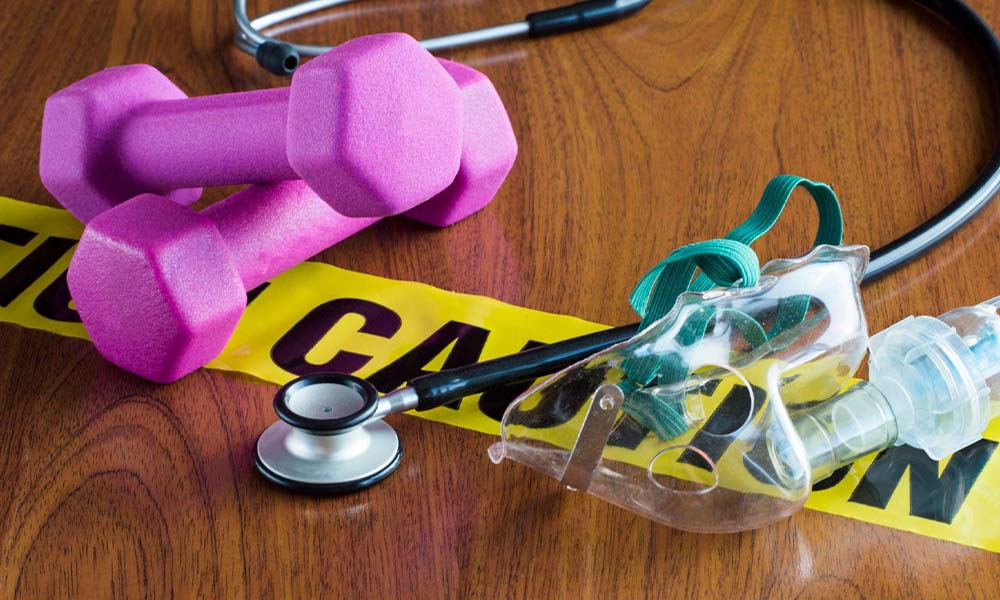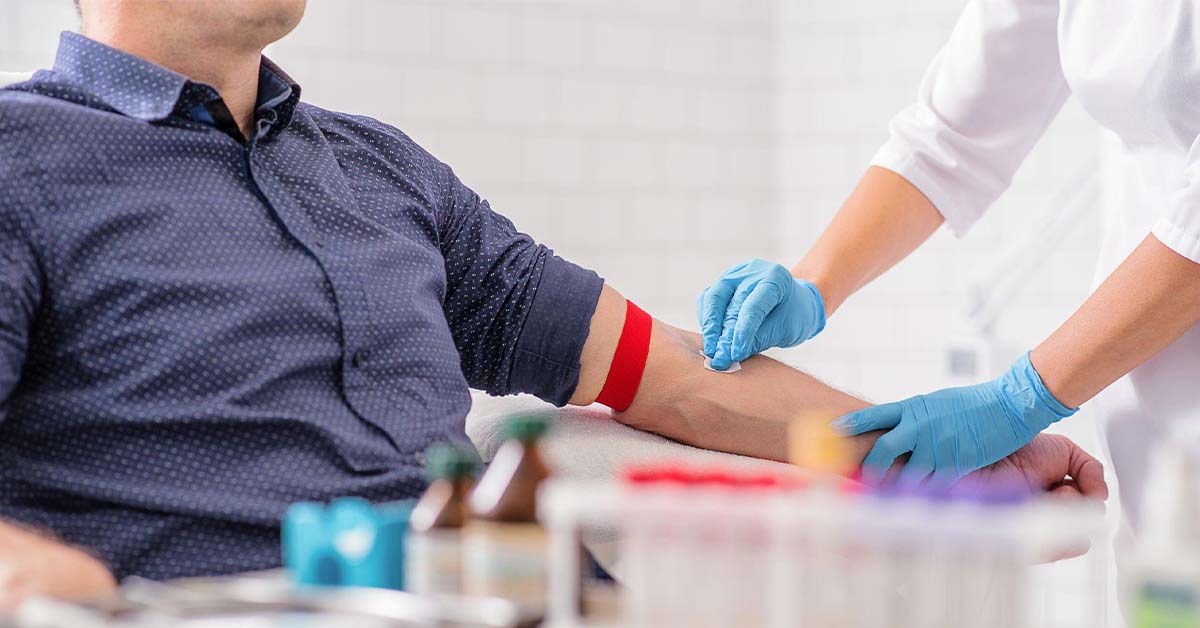Blood tests are an important part of healthcare. They help diagnose medical conditions and monitor the effectiveness of treatments. However, getting blood drawn can be uncomfortable and may leave you feeling drained. If you’re someone who loves to hit the gym regularly, you may be wondering if it’s safe to exercise after getting blood drawn. In this article, we will explore what happens to your body after a blood draw, the safety considerations you need to keep in mind, the benefits of exercising after getting blood drawn, and the types of workouts that are suitable for post-blood draw.
Table of Contents
ToggleIntroduction to post-blood draw workouts

After getting blood drawn, your body needs time to recover. While some people may feel completely fine after a blood draw, others may feel dizzy, lightheaded, or faint. Exercising too soon after getting blood drawn can put additional stress on your body and delay the recovery process. However, if you’re feeling up for it, light exercise may actually help you feel better.
What happens to your body after a blood draw
Getting blood drawn can cause a number of changes in your body. Firstly, it may lead to a drop in blood pressure due to the loss of blood. This can cause you to feel lightheaded or dizzy. Secondly, it may lead to a drop in blood sugar levels, especially if you haven’t eaten anything before the blood draw. This can cause you to feel weak or fatigued. Lastly, getting blood drawn can cause dehydration, especially if you haven’t been drinking enough fluids.
Safety considerations for post-blood draw workouts
If you’re considering exercising after getting blood drawn, there are a few safety considerations you need to keep in mind. Firstly, make sure you give your body enough time to recover. This means waiting at least an hour after getting blood drawn before attempting any physical activity. Secondly, start with light exercise and gradually increase the intensity. This will help your body adjust to the stress of exercising. Thirdly, stay hydrated by drinking plenty of water before, during, and after your workout. Lastly, listen to your body and stop exercising if you feel any discomfort.
Benefits of exercising after getting blood drawn

While it’s important to give your body time to recover after getting blood drawn, light exercise may actually help you feel better. Firstly, it can help increase blood flow to the affected area and promote healing. Secondly, it can help increase energy levels and reduce fatigue. Thirdly, it can help reduce stress and improve mood. Lastly, it can help maintain muscle mass and prevent muscle loss.
Types of workouts suitable for post-blood draw
If you’ve decided to exercise after getting blood drawn, there are several types of workouts that are suitable for post-blood draw. Firstly, light cardio such as walking, cycling, or swimming can help increase blood flow and promote healing. Secondly, stretching can help reduce muscle tension and improve flexibility. Thirdly, yoga can help reduce stress and improve mood. Lastly, resistance training with light weights can help maintain muscle mass and prevent muscle loss.
Precautions to take before exercising after a blood draw
Before exercising after getting blood drawn, there are a few precautions you need to take. Firstly, make sure you eat a light meal or snack before your workout to maintain blood sugar levels. Secondly, avoid exercising immediately after getting blood drawn as this can put additional stress on your body. Thirdly, avoid hot showers or baths before your workout as this can cause your blood vessels to dilate and lower blood pressure. Lastly, avoid any activities that may cause you to fall or injure yourself.
Signs to watch out for during a post-blood draw workout

While exercising after getting blood drawn can be safe, there are certain signs you need to watch out for during your workout. Firstly, if you experience any dizziness, lightheadedness, or fainting, stop exercising immediately and rest. Secondly, if you experience any chest pain, shortness of breath, or irregular heartbeat, seek medical attention immediately. Thirdly, if you experience any excessive sweating, nausea, or vomiting, stop exercising and rest.
Tips for a successful post-blood draw workout
If you’re planning to exercise after getting blood drawn, here are a few tips to help you have a successful workout. Firstly, make sure you’re well-hydrated before your workout. This will help prevent dehydration and promote healing. Secondly, wear comfortable clothing and shoes that are suitable for the type of exercise you’re doing. Thirdly, start with light exercise and gradually increase the intensity. Fourthly, listen to your body and stop exercising if you feel any discomfort. Lastly, cool down and stretch after your workout to prevent muscle soreness.
Frequency Asked Questions
How long should I wait to exercise after getting blood drawn?
You should wait at least an hour after getting blood drawn before attempting any physical activity.
What types of workouts are suitable for post-blood draw?
Light cardio, stretching, yoga, and resistance training with light weights are all suitable for post-blood draw.
Can I exercise if I feel lightheaded or dizzy after getting blood drawn?
No, you should wait until you feel better before attempting any physical activity.
Can I take a shower or bath before exercising after getting blood drawn?
Yes, but make sure the water is not too hot as this can cause your blood vessels to dilate and lower blood pressure.
Conclusion
Getting blood drawn can be uncomfortable and may leave you feeling drained. However, light exercise after getting blood drawn can actually help you feel better by increasing blood flow, reducing fatigue, and improving mood. If you’re planning to exercise after getting blood drawn, make sure you give your body enough time to recover, start with light exercise, and listen to your body. If you experience any discomfort, stop exercising immediately and seek medical attention if necessary.


